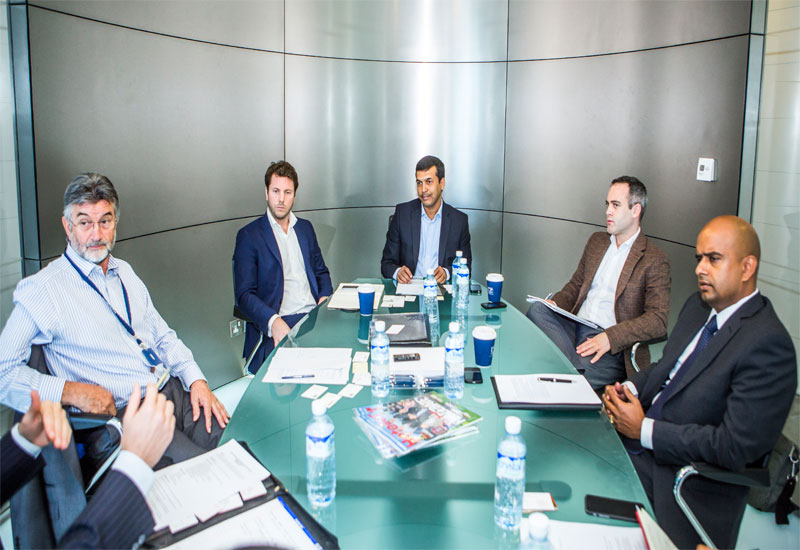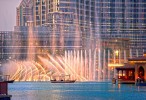 The Hotelier Middle East Sustainable Design and Operations Summit advisory panel met ahead of the event to set the agenda for the conference.
The Hotelier Middle East Sustainable Design and Operations Summit advisory panel met ahead of the event to set the agenda for the conference.
Hurrychurn also admits that while retrofit solutions aren’t always ideal, they are necessary, considering the constant innovation and new technology being offered each year.
“Retrofit is something you can’t help because technology is changing. If you are opening a hotel today, it was probably designed five years ago. And we always have new technology coming in,” he explains.
In addition to retrofit solutions, the panellists debated the relevance of green certifications. Stanley observes the necessity to strive for sustainable practices, especially when the bottom line is a priority.

| Advertisement |
“Attaining an LEED certification not only promotes hotels to their guests, but it’s just good common sense to do it,” he advises. “The operators have to look after the building, they are repaying that building, so don’t fill it with rubbish that burns energy and electricity.
“Insulate it properly, shade it properly, orientate the building properly, get the windows on the shaded side, and from day one have the hotel as energy-conscious as you can,” he advises.
Hurrychurn, however, critiques the “easy points” hotels can gather when trying to achieve a green stamp of approval.
“The issue I see with ratings systems is that when you have things like easy or cheap points to achieve, sometimes the intent of them can be lost.
“For example, bicycle racks — if you’re creating a hotel in a certain place, you can get two or three points by implementing that. How many people really cycle to a hotel to use the facilities?” He adds that certificates, such as LEED, are often designed by American organisations, and so are better suited to countries in North America or Europe, where the climate is cooler.
“In the UAE, 60- or 70% of your energy use is for cooling, and then you’ve also got the water to think about — whether it’s really high flow showers and sinks, and toilets which are not necessarily dual flush. So in many ways, we need to focus on water and energy consumption. That shouldn’t just be 50% of the rating system.”
AESG principal Scott Coombes points to Abu Dhabi-based rating system, Estidama as a more appropriate one.
“Estidama creates a stronger focus on water and energy — increases it to about 70% in terms of weighting in the rating system, whereas LEED is about 40%,” he says.
“The problem with Estidama again is you’re looking at a rating system, which is flexible for every type of new construction building, whether it is a commercial tower, residential, or hotel tower, so you still have options with things like bicycle racks.”
Hurrychurn also comments on the need to understand what drives hotels towards implementing sustainable standards.
He cites Expo 2020 as a key example of the UAE’s overall vision for greener practices.
Article continues on next page ...








 Search our database of more than 2,700 industry companies
Search our database of more than 2,700 industry companies









